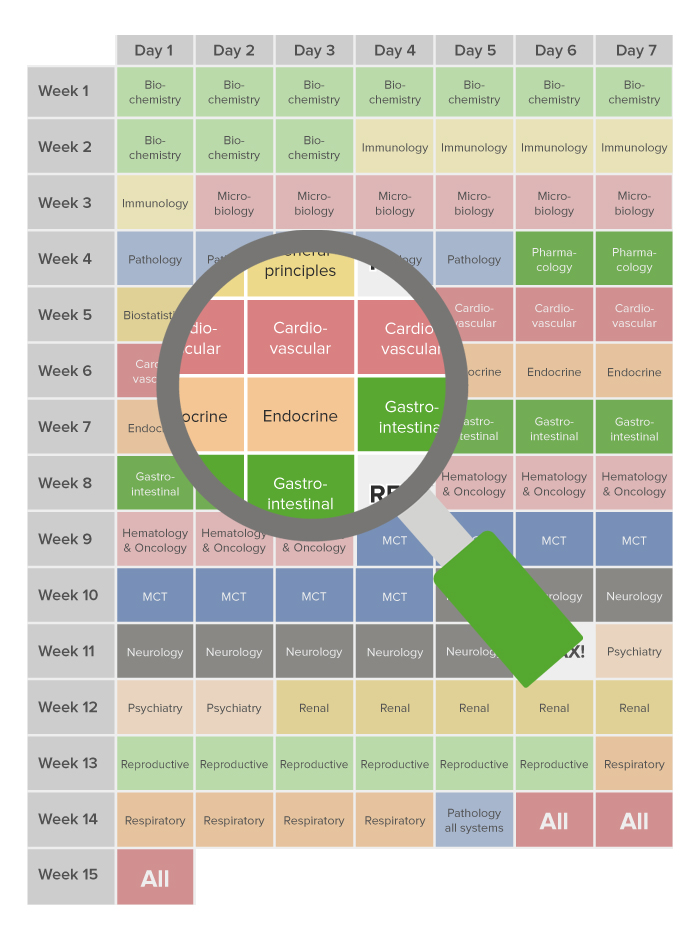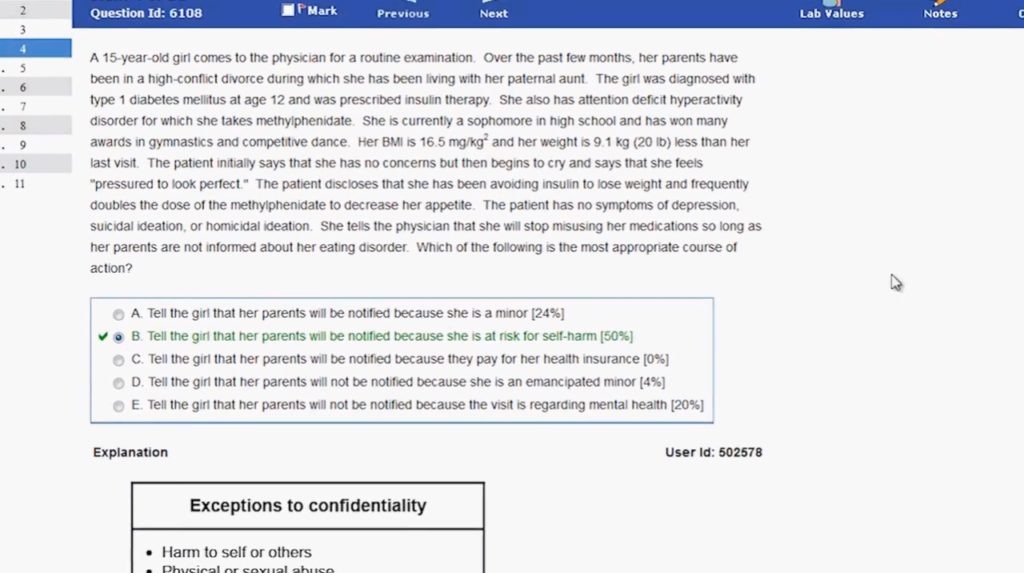

Note that if a clock advance to a requested appointment time is stopped to review results from processed orders, the requested appointment is canceled. As you advance the clock, the patient's condition may change based upon the underlying condition(s), your management, or both. When you do so, your orders are implemented, test results are returned, and therapies are initiated. To see results of tests and procedures and to observe effects of treatment, you must advance the clock. At any time, you may type requests for tests, procedures, and therapies directly on the order sheet.Īdvancing simulated time to execute orders, obtain diagnostic information, and observe the effects of treatment by selecting the clock option The order sheet is the primary means for implementing your patient management plan.

Requests for interval history and physical examination automatically advance the clock in simulated time. Physical examination should be requested if and when you would do the same with a real patient. Selecting physical examination components Any information not included in the history or physical examination is normal or noncontributory for your patient. Throughout the case, you may periodically ask how a patient feels by ordering an interval/follow-up history or monitor the patient by ordering a physical examination. You manage one patient at a time by: Reviewing the historyĪn initial history is given to you at the beginning of each case. However, it is possible to order education or counseling for the patient's family or sexual partner. There is no option available to assess or treat anyone other than the patient. Primum CCS allows you to manage only one patient at a time. Your responsibilities for each patient are fulfilled when the case has ended. Note: The nature of each case dictates whether or not health maintenance issues are relevant within the simulated time frame.



 0 kommentar(er)
0 kommentar(er)
